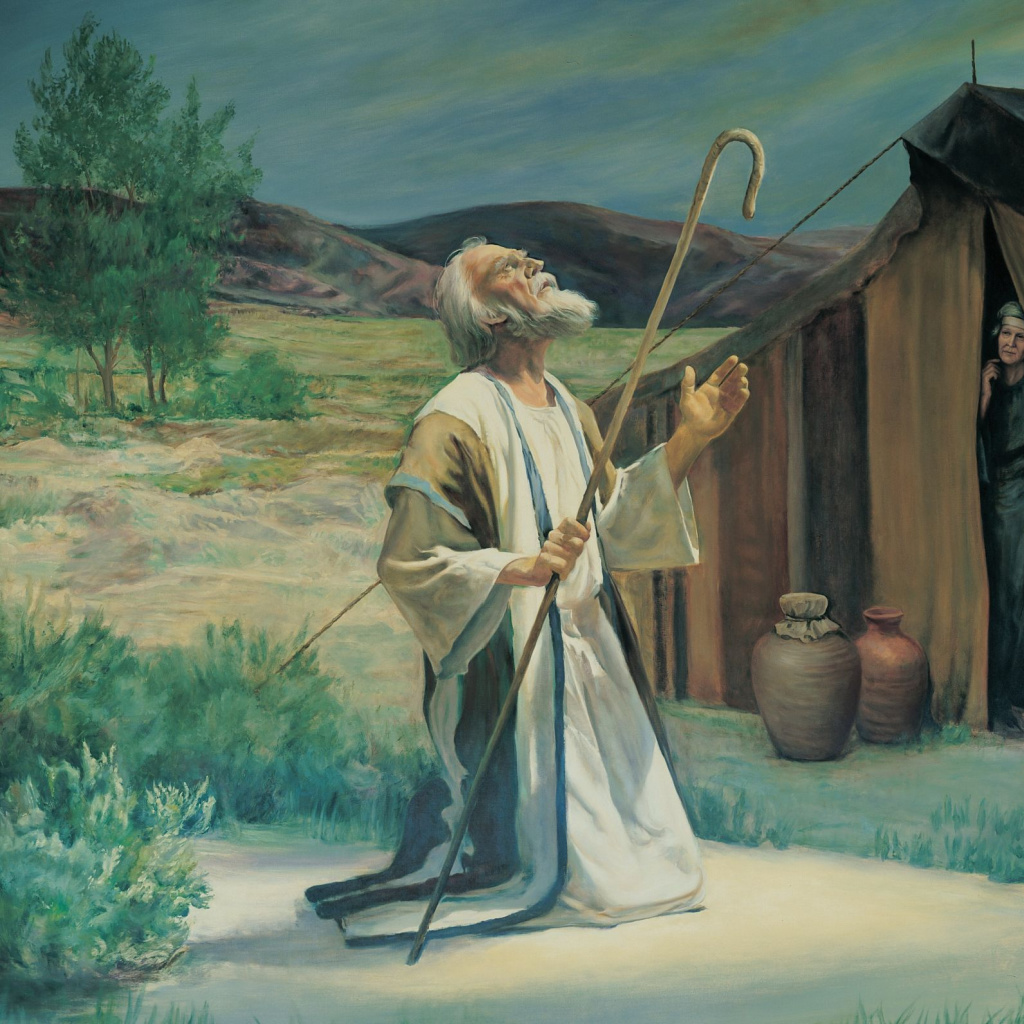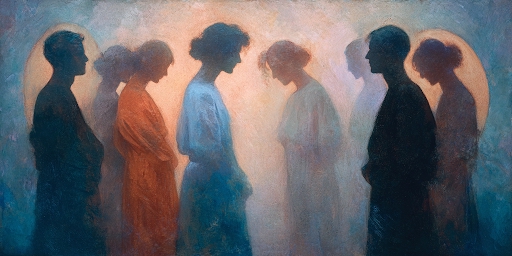In the weeks since the premiere of the Under the Banner of Heaven miniseries, there has been a broad consensus that the show doesn’t quite work. Its attempt to paint Latter-day Saints as promoting violence just doesn’t land. And its depiction of Latter-day Saints simply doesn’t resonate because it’s too dissimilar.
This of course must come as some disappointment to critics of the Church who had hoped the series would prompt more conversations around the issues they deem problematic such as how the Church promotes violence.
Into this void comes a new argument made most prominently by Taylor Petrey, but also echoed by a student columnist at the University of Utah, and now promoted on Twitter by Benjamin Park—namely, that because there has been some violence done by some Latter-day Saints who use the language of their culture in perpetrating it, Latter-day Saints should watch the series with the intent to learn how to make their Church less violent. Both Petrey and Park had previously criticized the series for its poor job in portraying Latter-day Saints, but have since shifted.
We don’t want to attack the Daily Utah Chronicle piece because it’s a student article. But Petrey and Park should know better.
Some of us have been on the record defending Petrey as a serious scholar, despite the fact that his conclusions don’t often derive well from the available evidence. But Petrey seems to suggest in his article that any violence that uses the language of religion must have been inspired by that religion.
We understand the temptation of this point of view. What else could we blame violence on if not the culture it arose in?
But Petrey’s position assumes that human beings are naturally non-violent, and only become violent as a result of their culture. This is a major assumption in the Robert Orsi essay that Petrey relies on extensively. Parks’ tweets similarly assume that any conversation about Latter-day Saints and violence must concede that the faith contributes to the violence in some way.
But the causes of violence are often complicated. Because of the importance of our innate nature in creating violence, even the most peaceful society would still produce fringe examples of extreme violence. Having a Latter-day Saint who becomes violent isn’t proof that the faith contributes to that violence, even if the perpetrator uses the language of their culture in perpetuating that violence.
Cultural contexts can then increase or decrease the likelihood of that emerging, but no culture has discovered how to remove it altogether. And because Under the Banner of Heaven fails to present a clear picture of what most experience as Latter-day Saint culture, it doesn’t do much to establish whether a Latter-day Saint context is more prone to cause violence than others. Those who use Latter-day Saint or another religious language and context to perpetuate violence weren’t necessarily made violent by those cultures. But rather, violent individuals will leverage anything around them to perpetrate their violence.
We’re aware of many other similar examples—of abusers, for instance, who used the language of therapy to perpetuate abuse. But it would be absurd to suggest that therapeutic culture caused that abuse. Even pacifist language has been known to be used to perpetuate violence by shaming survivors into silence. An abusive person will draw upon the most powerful language available within their given cultural context and weaponize that. This is not coincidentally the conclusion made by prosecutors in the Lafferty case, that the murder was about power and relationships and that religion was merely the pretext.
Does the Church of Jesus Christ disproportionately create violent offenders? We’d be interested in reading any definitive social science research on the question, but unfortunately, those promoting this point of view or hoping to have this conversation have not yet presented any. And rather than attempt to answer this question clearly itself, Under the Banner of Heaven skips the question and takes it as a given.
A study of this sort could start the conversation Petrey, Parks, and the student author hope for. Instead, we get a story about a 38-year-old murder that was notable mainly for how unusual it was among the Latter-day Saint community and perpetrated by someone who had recently been kicked out of the Church for their extremist views. It should not surprise anyone that it hasn’t prompted anyone to conclude there’s a problem with violence among Latter-day Saints.
















